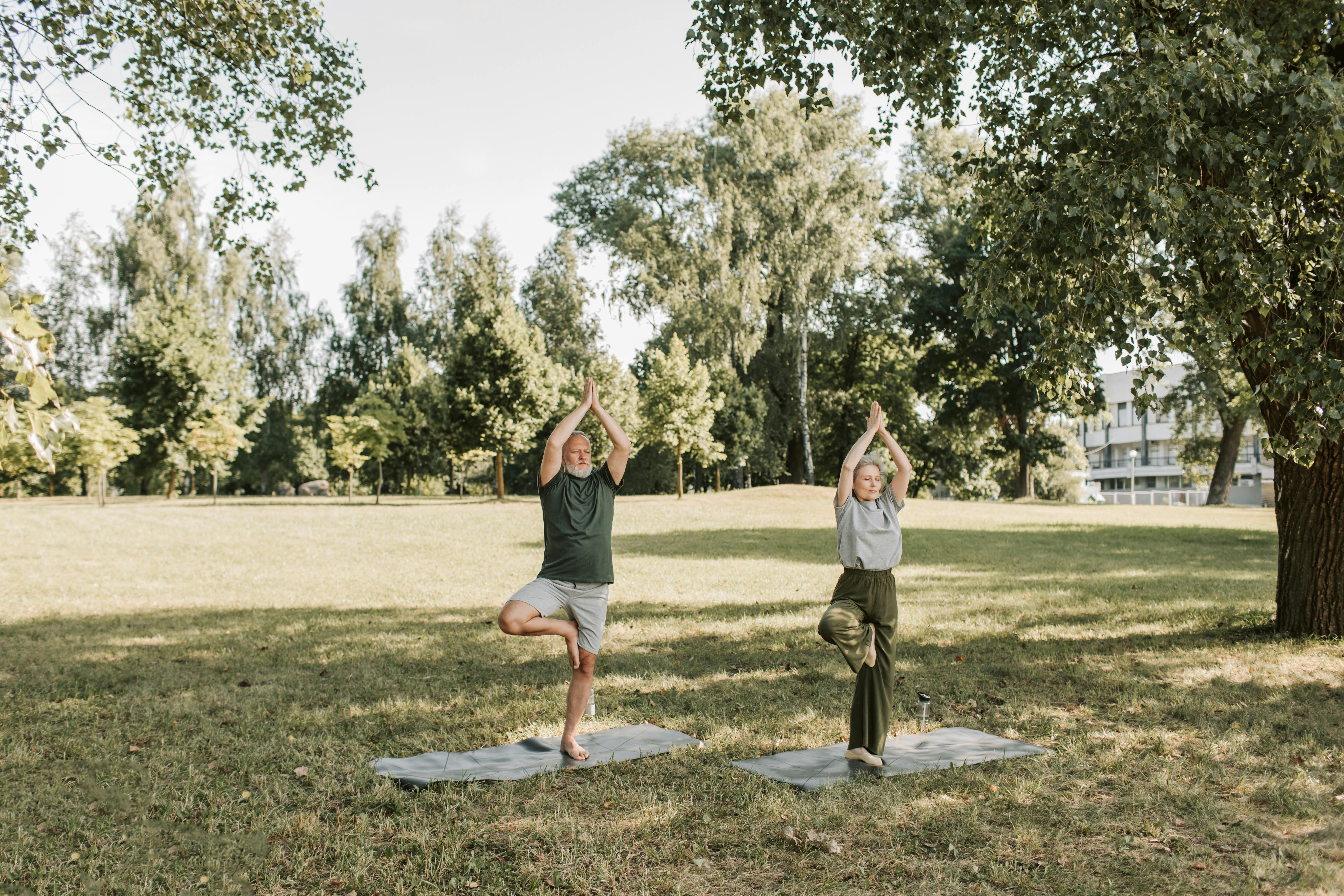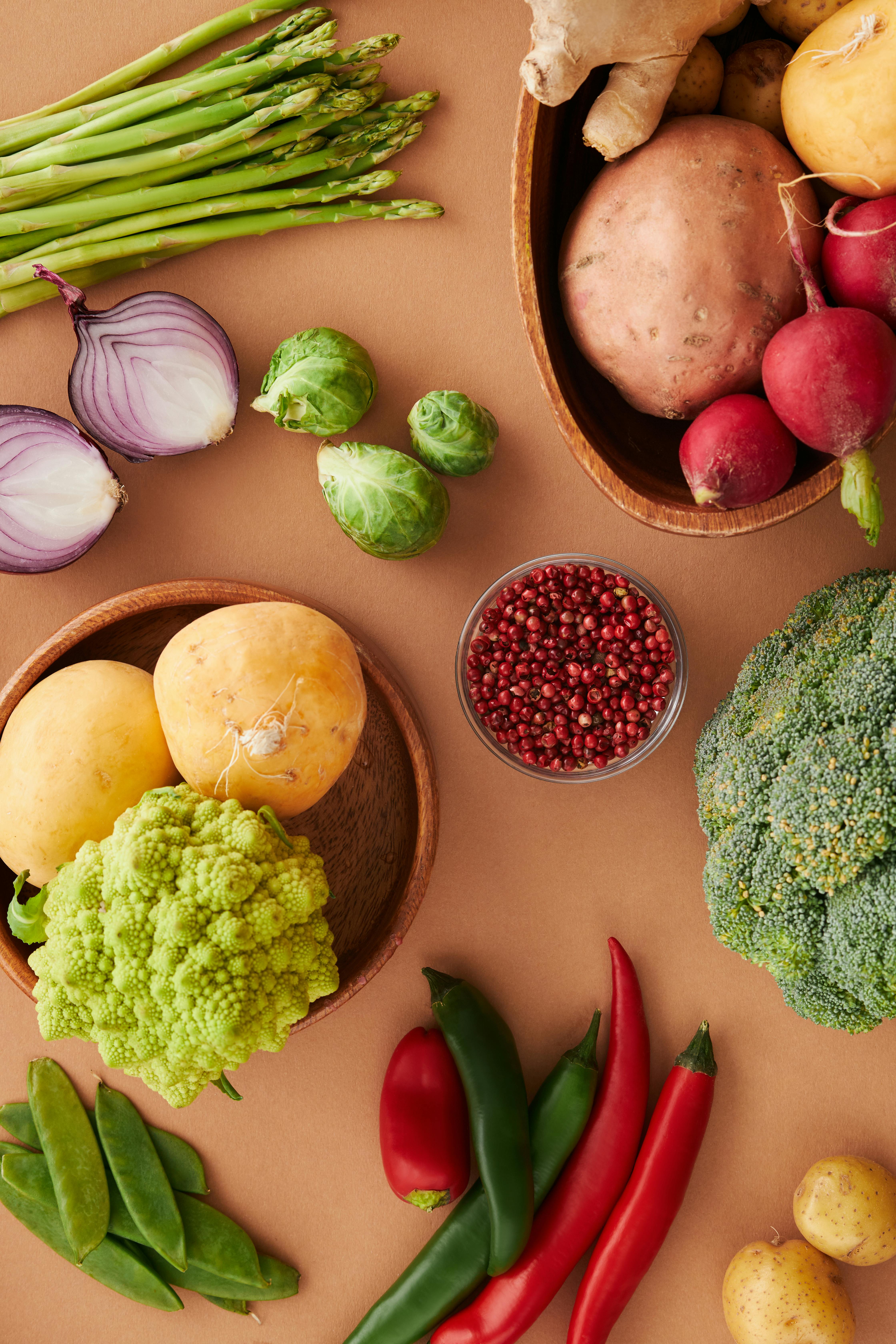The Balanced Plate
Our most popular Lanby member resource. A guide on how to build the perfect plate.

A primary care membership for patients who want more. Primary Care. Nutrition. Wellness. All under one roof.
The Balanced Plate has quickly become one of our most popular member resources, because it's easy, realistic, and well, balanced. Having a blueprint for your ideal plate allows you to build meals that simply check off each category without being restrictive or fad-based. Healthy fats, veggies, carbohydrates, and proteins ideally all come together to complete all nutrient needs, for long lasting satiety and overall health.

50% Non Starchy Vegetables
Focus on having at least ½ plate filled with non-starchy vegetables per meal, incorporating a variety of colors. Eating the rainbow ensures a diverse intake of powerful phytochemicals and micronutrients. Overall, aim for 7-9 servings of vegetables daily.
Veggies/Fiber: Artichokes, arugula, asparagus, bean sprouts, beet greens, bell peppers, Brussels sprouts, cabbage, carrots, cauliflower, celery, chicory, cilantro, collard greens, cucumber, dandelion greens, eggplant, endive, fennel, garlic, green beans, kale, kohlrabi, leeks, lettuce, mushrooms, mustard greens, microgreens onion, parsley, radicchio, radishes, shallots, spinach, Swiss chard, tomatoes, turnips, or zucchini.
20% Proteins
Protein adds up to around 20% of the plate, varying by individual needs. Focus on always incorporating a protein source into all meals and using different types of proteins to capture all essential amino acids.
Animal Proteins: Sustainable animal proteins like grass-fed, grass-finished NHE, organic beef, chicken, ground turkey, or eggs.
Seafood: Fish from the U.S., or better yet local to you, is subject to stricter standards and tends to be more sustainably procured. Nothing is perfect, but low-mercury fish like anchovies, wild fresh salmon, clams, domestic crab, flounder, oyster, sardines, and whitefish are our recommended choices.
Dairy Products (depending on tolerance): Certain products are suitable for those who can tolerate dairy (lactose, casein, or whey). Greek yogurt, whey proteins, and cottage cheese are great sources of protein. When selecting a dairy source, pick varieties with higher fat content for added satiety. For example, 2% Greek yogurt is a combination of protein and fat, making it a filling addition to a meal, or a snack on its own. The saturated fat found in dairy products has not been correlated with negative outcomes in recent research; this may be due to the presence of bioactive lipids and peptides with anti-inflammatory properties.
Legumes: Plant-based protein source with lots of fiber. Chickpeas, black beans, and lentils serve as filling proteins in a vegetarian option or working alongside an animal protein source to fulfill protein needs.
20% Carbohydrates
The following can all be considered the carbohydrate when building a balanced plate. Fiber and nutrient rich carbohydrates are the most optimal option for enhancing fullness, digestion, and blood nutrient stability.
Starchy vegetables:. The ratio of starch outweighs fiber in these veggies. More starch makes glucose molecules more readily available during digestion, with less fiber to tamp down blood sugar increase. Starchy sources include corn, winter squash, peas, parsnips, and potatoes.
Fruits: Utilize low glycemic fruits to pack in flavor, antioxidants and micronutrients without affecting blood sugar. Sources include berries, melon, lemons, and limes.
Grains: Whole grains, unrefined, and/or minimally processed grains contain natural fiber and nutrients like B vitamins. Sources include barley, bulgur, freekeh, couscous, oatmeal, pasta, and quinoa.
10% Healthy Fats
Fats round out the Balanced Plate in the last 10%. Unsaturated fats assist to decrease inflammation, increase meal satisfaction, and can improve blood cholesterol levels and decrease the risk of heart disease.
Good Fats: Salmon and other fatty fish, avocado, ground flaxseed, chia seeds, walnuts, olive oil, grass-fed ghee, pumpkin and sunflower seeds.

If you're curious to learn more about The Lanby, book a free consult call and we'll chat about how The Lanby can be your personalized long term health and wellness partner.

Kendall is a graduate of the University of Mississippi, with a B.A. in Integrated Marketing Communications and a minor in Business Administration. She received her certificate of Nutrition Science from the Friedman School of Nutrition at Tufts University.

Chloe holds a bioengineering degree from the University of Pennsylvania. As a breast cancer survivor, her insights shape The Lanby's patient-centric approach. Leveraging her healthcare strategy background, Chloe pioneers concierge medicine, bridging gaps in primary care.

Tandice was recognized with the Health Law Award and named a Ruth Bader Ginsburg Scholar at Columbia Law School. Tandice's editorial role is enriched by her insights into patient autonomy and gene modification legalities. Passionate about bioethics, she is committed to crafting patient-centric healthcare solutions.





